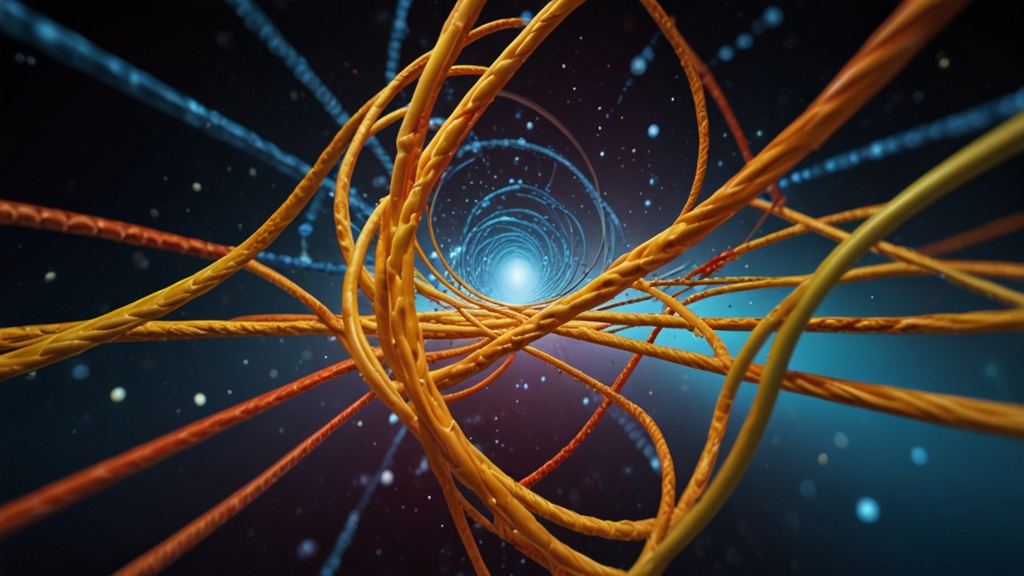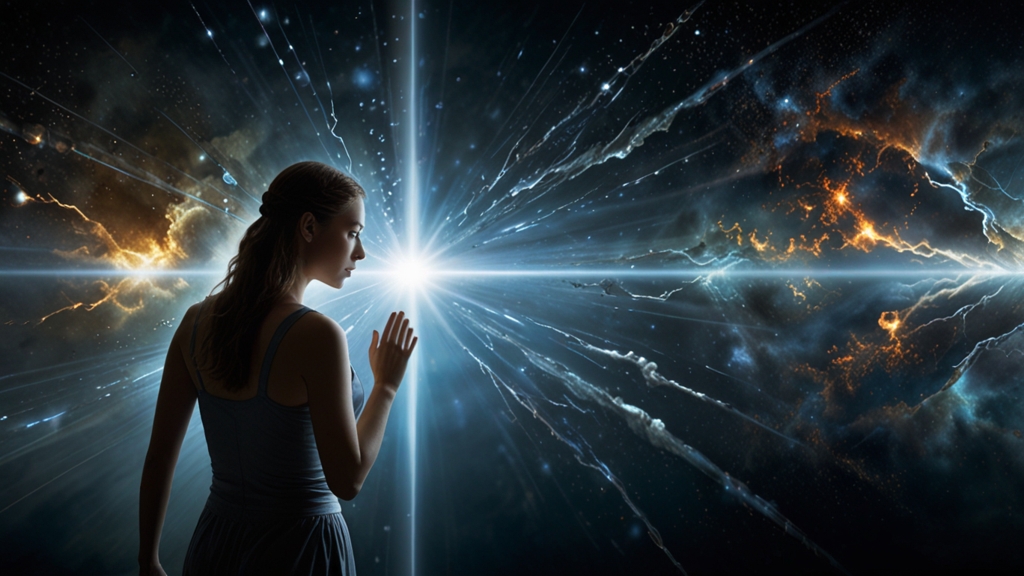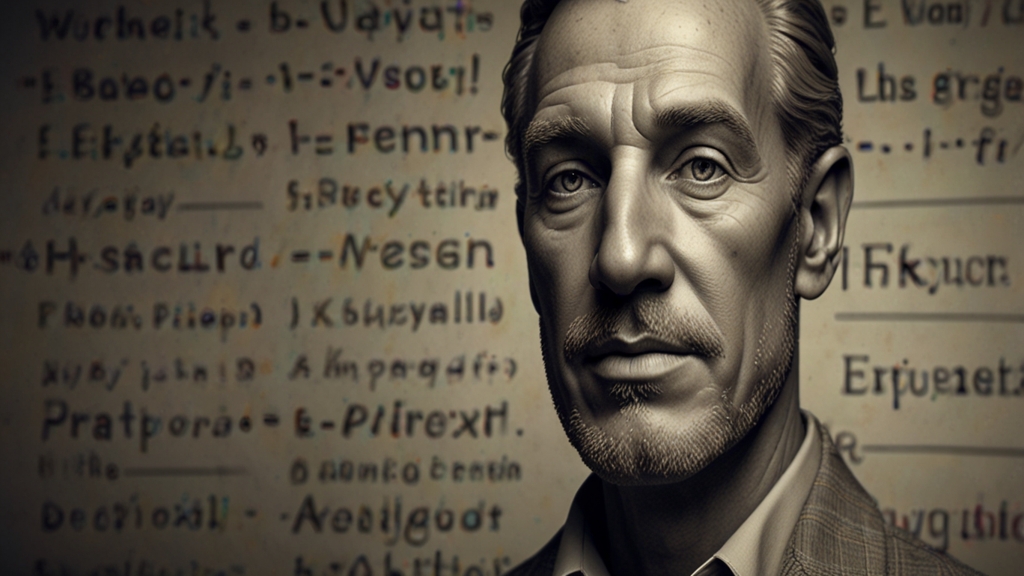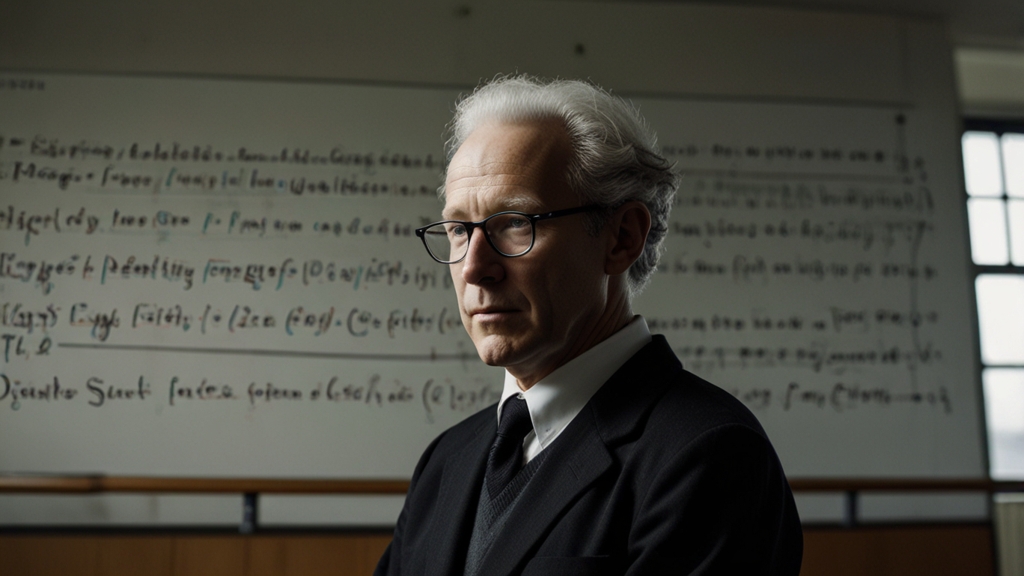The Mind-Bending Reality of Quantum Entanglement
Quantum entanglement is one of the most intriguing and baffling phenomena in the realm of quantum mechanics. It describes a situation where two or more particles become inextricably linked, such that the state of one particle instantaneously influences the state of the other(s)—no matter how vast the distance separating them.
Historical Background
The concept of quantum entanglement was first introduced by Albert Einstein, Boris Podolsky, and Nathan Rosen in their 1935 paper, often referred to as the EPR paradox. While they intended to challenge the completeness of quantum mechanics, their work ended up laying the groundwork for one of the most remarkable features of the quantum world.
“Spooky action at a distance.” – Albert Einstein
This phrase coined by Einstein captures the essence of entanglement. He and his colleagues believed that such instant connections between entangled particles defied the principles of locality and realism, foundational concepts in classical physics.
The Science of Entanglement
When two particles become entangled, their properties become dependent on each other. For example, if one of a pair of entangled particles is found to be spinning in an upward direction, the other particle, when measured, will be found to be spinning downward, irrespective of the distance between them. This correlation happens instantaneously, suggesting a connection that transcends the conventional speed limits dictated by the theory of relativity.
The mathematics involved is rooted in the quantum state, a unique description of a system. For an entangled pair, the quantum state cannot be separated into independent states for each particle. Thus, measuring one particle immediately affects the quantum state of its counterpart.
Experimental Evidence
Numerous experiments have validated the predictions of entanglement. The most famous among them is perhaps the Bell test experiments, named after physicist John Bell, who formulated Bell's Theorem in 1964. His work provided a way to test the non-locality of quantum mechanics. When performed, these experiments have shown results that can't be explained by classical physics, reinforcing the reality of entanglement.
“If [quantum theory] is correct, it signifies the end of physics as a science.” – Einstein, Podolsky, and Rosen (EPR Paradox)
Despite their intentions, the work of Einstein and his colleagues led to what can be considered the dawn of a new era in physics—one filled with phenomena that challenge our conventional understanding of the universe.
Implications and Applications
Quantum entanglement isn't just a theoretical curiosity; it has profound implications for the future. One of the most touted applications is in the field of quantum computing. Entanglement allows quantum bits, or qubits, to perform multiple calculations simultaneously, potentially solving complex problems far more efficiently than classical computers.
Additionally, quantum entanglement could revolutionize secure communication. Quantum key distribution (QKD) schemes use entangled particles to create encryption keys that are theoretically immune to eavesdropping. If a third party attempts to intercept the key, the entanglement is broken, and the interception is immediately detected.
Philosophical Considerations
Beyond its practical applications, quantum entanglement raises profound philosophical questions. It challenges our classical notions of separability and locality. If particles can instantaneously affect each other across vast distances, our understanding of space and time requires rethinking. Moreover, the idea that particles do not have definite properties until they are measured challenges the principle of realism, which assumes that physical properties exist independently of observation.
In conclusion, quantum entanglement is a cornerstone of modern physics, reaffirming the bizarre and non-intuitive nature of the quantum world. As research progresses, it's likely to yield even more surprises and technologies that could reshape our future. Despite its complexity, one thing is certain: the mind-bending reality of quantum entanglement continues to push the boundaries of what we know about the universe.











